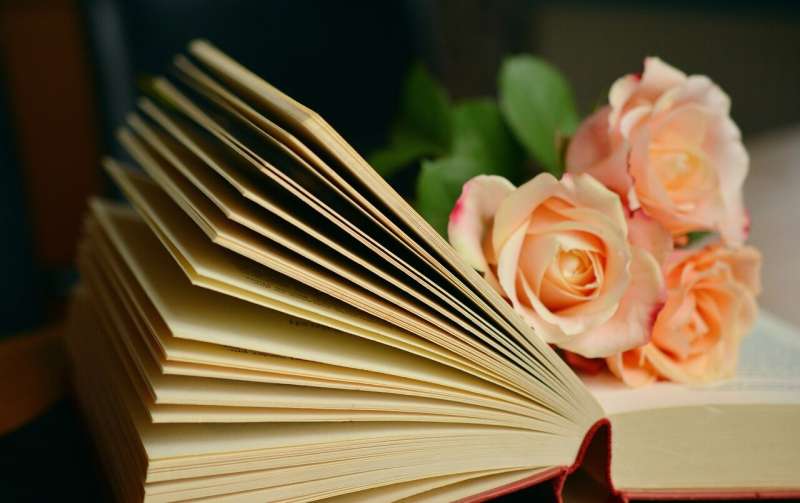Fifty shades of reading: Who reads contemporary erotic novels and why?

Soon after E.L. James's "Fifty Shades of Grey" appeared in 2015, the book market was inundated with a flood of erotic bestsellers. People from all corners began wondering what this type of novel's secret of success could be. Now, a research team at the Max Planck Institute for Empirical Aesthetics (MPIEA) in Frankfurt/Main, Germany, has taken a closer look at the readership of erotic novels and investigated the causes of this literary predilection.
In the media as well as the academy, contemporary erotica is typically dismissed as being of low literary value. Critics and scholars tend to classify its readers as having mediocre to poor taste, without, however, examining their motivations and experiences in more detail. Against this background, the MPIEA team conducted an online study to investigate who actually reads erotic novels and why. The findings have just been published as an Open Access article in the journal Humanities & Social Sciences Communications.
The study included data sets from around 420 female participants. The majority of respondents were heterosexual women in stable relationships with an above-average level of education. They described themselves as being enthusiastic frequent readers who enjoyed sharing their reading experiences with others. Most of the study participants were between 20 and 40 years old.
The majority of respondents indicated that they read erotic novels as a diversion, and feelings of ease and relaxation were frequently named as a motivating factor. The sexual explicitness of the novels and their potential to provide orientation in readers' own lives also played a role for the participants, although this role was less significant than had been assumed in previous studies. Readers' opinions about erotic novels also came as a surprise, by contrast with more general critical ideas about contemporary erotica.
"Many of the study participants saw erotic novels—at least in part—as being emancipated, feminist, and progressive. We attribute this finding primarily to the respondents' more traditional views of male and female gender roles," explains lead author Maria Kraxenberger.
This study is the first to investigate empirically the readership and motivations for reading that underlie a major contemporary cultural phenomenon. Although readers of erotica have a significant impact on the international book market, the mainstream conversation about literature and reading is still reserved for "serious" readers of "good," if less popular, kinds of books. The study's findings underscore the need for more research that explores reading experiences outside the canon of serious literature.
More information: Maria Kraxenberger et al, Who reads contemporary erotic novels and why?, Humanities and Social Sciences Communications (2021). DOI: 10.1057/s41599-021-00764-3
Provided by Max Planck Society


















